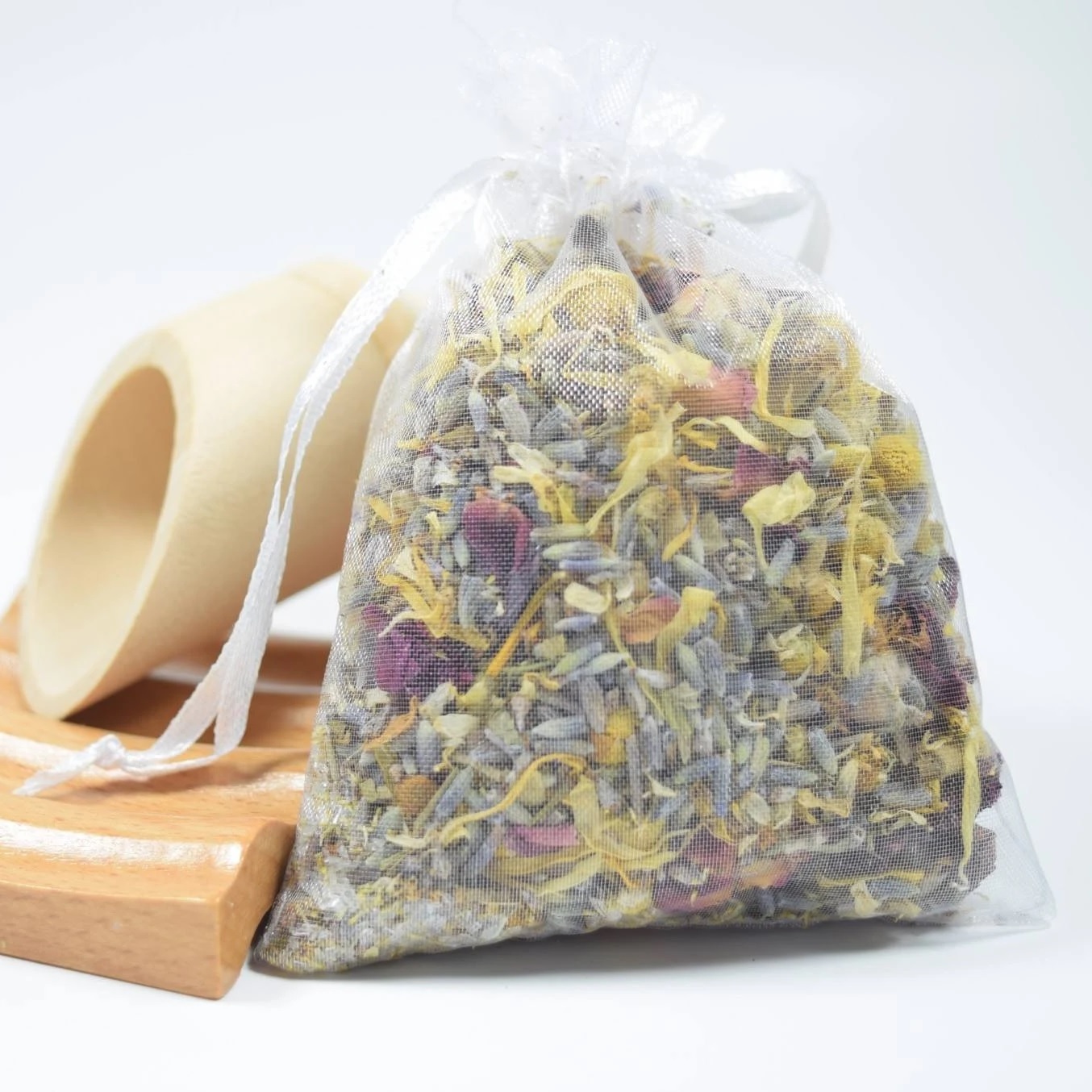Simple Ways to Recover From a Bad Day
Everybody has bad days. Something happens at work, you’re having a fight with your girlfriend, you’re having trouble at school, and etc. Sometimes you get too tired at the end of the day and just want it to be over and move on to tomorrow. Don’t worry, you’re not the only one who feels this way! But if you’re the type to let bad things get to you easily, here are some ways for you to get over your dreadful day.
Put your troubles on paper

One really simple way to take your mind off things after a bad day is to write your troubles in paper. You don’t even have to keep a journal or a diary. Just write down all the emotions, problems, and troubles you’ve encountered throughout the day. You’ll find that this actually lifts the burden off your shoulders. A lot of people also find this therapeutic, so why not try it yourself!
Sweat it out

Another great way to get rid of negativity is to have a sweat session to close the day out. You can go jogging or cycling around scenic places in Singapore, lift weights, do boxing, and a lot more. When you exercise, the increase in your body temperature and the improved blood circulation will help ease your mind. Plus, you tend to forget your worries and focus only on what’s in front of you while you’re exercising. It’s almost always a guarantee that you’ll feel better after your workout.
Listen to your favorite music

Multiple studies have already shown how music can affect our moods. For one, listening to your favorite music can help you unwind even after a tiring day. You could also even go to a karaoke place if you want to sing your heart out as a stress reliever. If you haven’t considered this, do give it a try! You’ll see how comforting it is and how quickly your mood will change.
Meet up with your friends

Another great way to forget about the bad day is to meet up with your close friends. You can vent to them and they listen to you attentively. This does sound like a good thing but the highlight, really, is not the venting but the time you spend with them. When you’re having a lot of fun with your friends, you can easily forget most of the day. That way you can go to bed with a way better mood.
Cry if you really feel like crying

If we’re talking about an I-got-rejected-by-a-girl-and-got-fired-at-the-same-time level of bad, then usually it can bring you to tears. If the day goes really bad and you really can’t help but cry, then do it. For some reason, you do feel better after crying maybe because it feels like a release. Once you wake up the next morning though, you will feel a lot better.






























